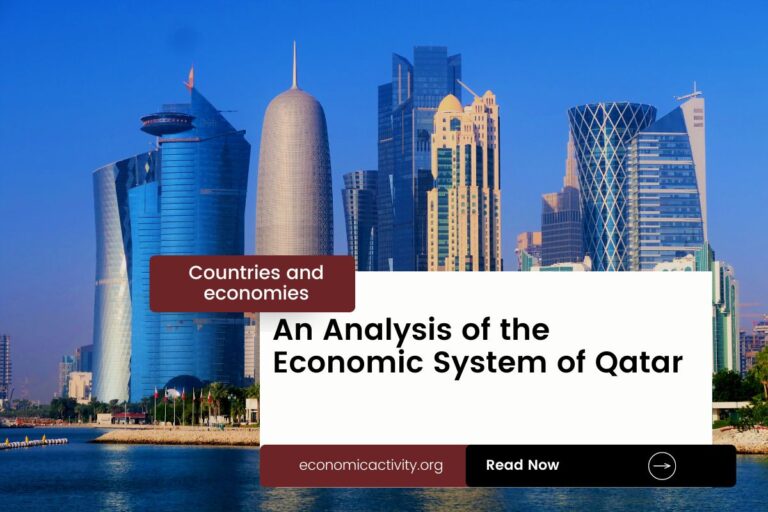Sri Lanka, with a population of 22,181,000, is ranked 57th in the world, just behind Mali. Located in South Asia, it covers 65,610 square kilometers, ranking 117th globally, just below Georgia.
Sri Lanka’s economic position in 2022 shows a GDP of $74,403,578,363.43, ranking 75th globally. It is closely behind Tanzania, which has a GDP of $75,732,311,666.04. The GDP per capita for Sri Lanka in 2022 is $3,354.38, placing it at the 130th position worldwide.
It lags behind Morocco, which has a GDP per capita of $3,441.99. Sri Lanka’s economy is striving to grow and compete on the global stage, facing challenges but also opportunities for development and progress.
What are the economic activities of Sri Lanka?
- Primary activities: 7.8% of GDP.
- Secondary activities: 30.5% of GDP.
- Tertiary activities: 61.7% of GDP.

Primary Sector of Sri Lanka
Sri Lanka’s primary sector, with 45.46% agricultural land, thrives due to its tropical climate and rich natural resources. The main agricultural products include rice, coconuts, plantains, tea, sugarcane, milk, cassava, fiber crops, maize, and chicken.
Despite contributing 7.8% to the GDP, agriculture remains vital for the economy. The diverse range of crops and animal products highlights the sector’s significance, providing sustenance and livelihoods for many Sri Lankans.
The diverse geological landscape of the country provides a rich array of natural resources, including limestone, graphite, mineral sands, gems, phosphates, clay, and hydropower. These resources play a pivotal role in the economy, with the primary sector heavily reliant on them for agriculture, mining, and energy production. The abundance of arable land further enhances the sector’s contribution to the economy by supporting agricultural activities.
Secondary Sector of Sri Lanka
What is the secondary sector or what are secondary activities?
The secondary sector involves industries that transform raw materials from primary activities into finished products for consumption. In Sri Lanka, the main industrial products include processed rubber, tea, coconuts, tobacco, and other agricultural commodities, as well as clothing and textiles.
Manufactures play a crucial role in Sri Lanka’s total exports, accounting for 67.26% in 2023. This highlights the significance of the manufacturing sector in driving the country’s economy and trade relations.
Tertiary sector of Sri Lanka
What is the tertiary sector or what are tertiary activities?
The tertiary sector in Sri Lanka encompasses a wide range of services where individuals provide knowledge and time to enhance productivity and meet various needs. This sector includes intangible goods such as attention, advice, and expertise, catering to both consumer and business-to-business services. Key tertiary activities in Sri Lanka include healthcare and medical care, education and training, banking and finance, communication and information exchange, tourism and hospitality, transportation and logistics, and telecommunications.
Specifically, Sri Lanka’s economy heavily relies on tourism. In 2022, it received over 2 million annual visitors, accounting for 9.14% of its population. Popular destinations include the ancient rock fortress of Sigiriya and the picturesque Galle Fort, showcasing the island nation’s rich cultural heritage and natural beauty.
Another example of tertiary economic activity is the mobile cellular sector, with over 31 million subscriptions, supporting technological growth by enhancing communication, fostering innovation, and facilitating e-commerce.
Military Activities and Economic Sectors of Sri Lanka
The military is a key example of many economic activities in a country. In Sri Lanka, the primary sector helps supply resources needed for military use, while the secondary sector focuses on manufacturing military equipment. The military also provides important services, which is part of the tertiary sector. Research and development in military technology fall under the quaternary sector, and high-level strategy and decision-making are part of the quinary sector.
In 2023, Sri Lanka’s military expenditure was about 1,165.8 million US dollars, which is 1.43% of the country’s GDP. The active military force consists of 255,000 personnel, translating to 15.6 active military members for every 1,000 people in the population.
Biggest company in Sri Lanka
Which is the biggest company in Sri Lanka? Expolanka Holdings is the largest, with a market value of 0.82 billion USD. It operates in the diversified financials industry and is part of the tertiary economic sector. The company was founded in 1982, focusing on logistics and trading.
International Trade of Sri Lanka
Import Activities of Sri Lanka

Sri Lanka’s high import activities, accounting for 25.04% of GDP, play a crucial role in meeting domestic demand and fueling economic growth.
Sri Lanka’s main import partners are India, China, UAE, Malaysia, and Singapore. The country imports refined petroleum, fabric, ships, cotton fabric, and synthetic fabric. These imports support various industries and contribute to the country’s economic growth.
Exports Activities of Sri Lanka

In 2023, Sri Lanka’s total exports amounted to $12,052,497,548.94, representing 21.48% of its GDP. This indicates a medium level of importance, highlighting the significant contribution of export activities to the country’s economy.
Sri Lanka’s export activities are diverse, with key partners being the US, India, UK, Germany, and Italy. The country exports garments, tea, rubber products, and precious stones, with the US being the largest export partner at 24%.
Sri Lanka economy challenges in 2024
Sri Lanka continues to face economic challenges in 2024. The recent economic contraction has led to increased poverty and inflation. The country’s reliance on tourism and remittances poses risks, compounded by a non-diversified economy and rigid labor laws. The IMF’s debt relief program offers some respite, but structural reforms are needed for long-term stability.




Leave a Reply